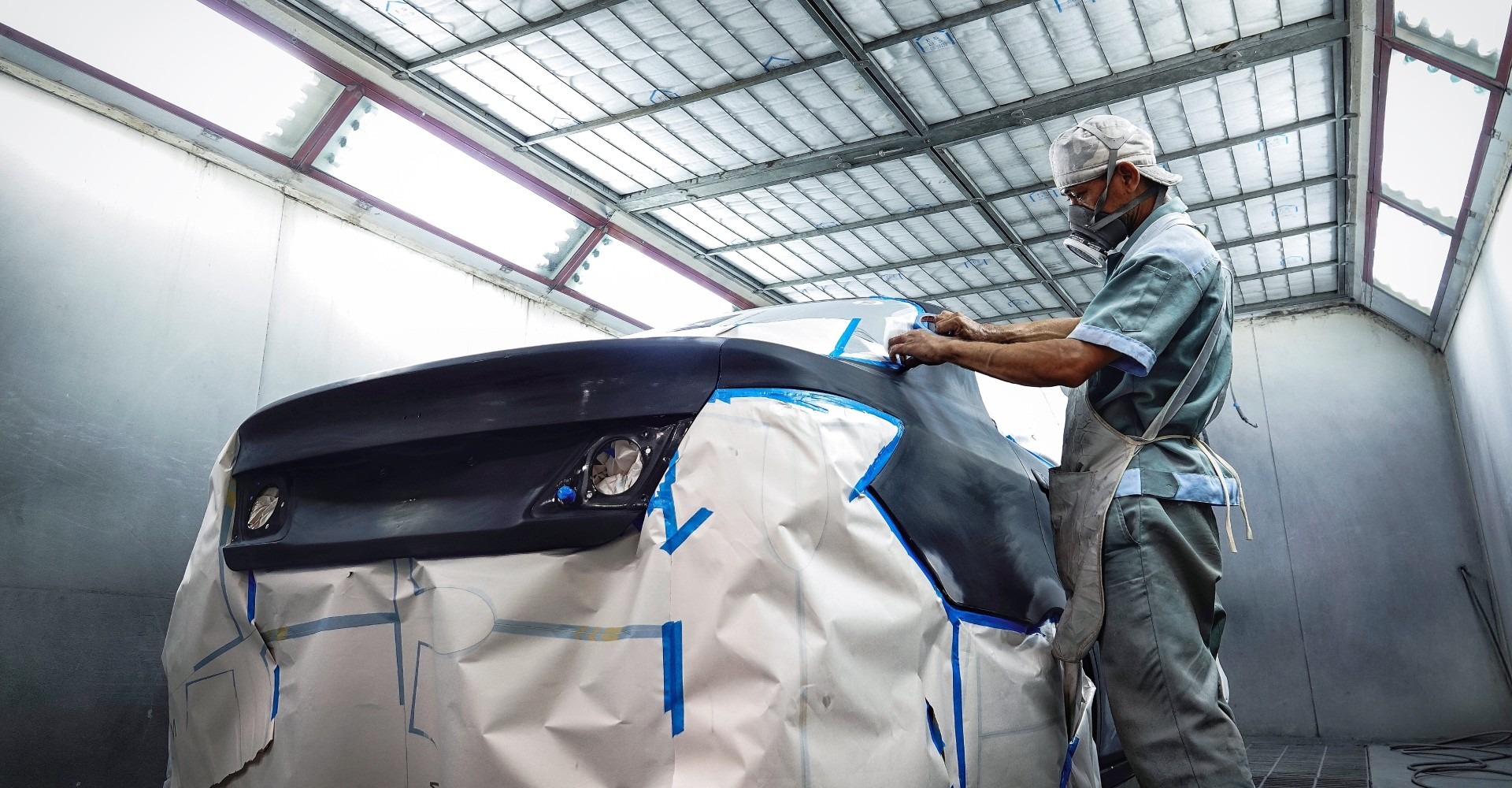All Categories
Featured

Two key services that are frequently ignored yet have a significant effect on tire durability and efficiency are tire turning and positioning. Allow's dive into what tire rotation and alignment are and why they're vital for your car.
What Is Tire Turning? Tire rotation is the procedure of moving your tires from one placement to an additional to guarantee they wear evenly. Because your vehicle's tires function at different prices depending on their position (front tires versus rear tires), rotating them frequently assists to disperse the wear evenly, bring about a much longer life-span for your tires.
Tires on the front axle tend to put on quicker than those on the back axle, particularly in front-wheel-drive autos, where the front tires take care of both steering and power. On the other hand, back tires could put on erratically depending on the car's weight distribution and driving conditions. By revolving your tires every 6,000 to 8,000 miles (or as advised by the maker), you'll make certain an extra balanced wear pattern.
What Is Tire Positioning? Tire placement, likewise referred to as wheel placement, refers to changing the angles of your vehicle's wheels to the supplier's specifications. Correct alignment makes certain that your tires are directing in the ideal instructions, and it assists optimize tire life and enhance lorry handling. There are 3 primary facets of placement: camber, caster, and toe.
Camber refers to the tilt of the tires from the front of the lorry. If your tires are slanted way too much internal or outward, it can cause irregular wear. Wheel refers to the angle of the steering axis when viewed from the side of the vehicle. This affects the stability of the guiding, specifically when driving straight. Toe describes the angle at which the tires point inward or outside when watched from above. This affects just how your vehicle tracks when driving. An appropriate alignment guarantees that all 4 tires are pointing right ahead and are tilted appropriately. Imbalance can arise from striking pits, visuals, or merely from the wear of suspension components gradually.
Why Tire Rotation and Alignment Matter. Extended Tire Life. Both tire turning and placement aid protect against uneven tire wear. When your tires wear uniformly, they last longer, which can save you money over time by decreasing the requirement for early substitutes.
Improved Safety And Security. Correct tire rotation and alignment boost car security and handling. Misaligned tires or unevenly worn tires can negatively influence your ability to steer and quit your vehicle, particularly in emergency circumstances. Routine upkeep guarantees your tires do efficiently, providing a much safer driving experience.
Better Fuel Performance. If your tires are not aligned properly, they might drag versus the road surface, creating resistance. This additional friction can minimize fuel efficiency, triggering your automobile to take in even more gas. Regular tire positioning makes sure that your vehicle moves successfully, improving gas mileage.
Improved Comfort. Misalignment or unevenly worn tires can cause a rougher trip, as your vehicle may pull to one side or create resonances. By maintaining your tires revolved and straightened, you'll appreciate a smoother and more comfortable driving experience.
Indications That Your Tires Need Rotation or Positioning. It's necessary to remain alert for any type of indications that your tires require rotation or alignment. Keep an eye out for these common indicators:
Uneven Tire Wear: If you observe that one tire is substantially much more worn than the others, it may be time for a rotation or alignment. Steering Pull: If your auto draws to one side while driving directly, this might suggest misalignment. Resonances: If you feel vibrations in the steering wheel or the vehicle itself, it could be a sign of misalignment or irregular tire wear. Screeching Tires: Uncommon tire sound might likewise indicate improper positioning or the need for a tire rotation. How Typically Should You Revolve and Straighten Your Tires? Tire turning need to usually be done every 6,000 to 8,000 miles or as defined in your vehicle's proprietor's guidebook. It's a great concept to turn your tires during every oil change, as this will help you remain on top of regular maintenance.
When it comes to positioning, it does not require as constant solution. Normally, placement must be checked a minimum of as soon as a year or whenever you observe concerns like pulling away or vibration. You may also require positioning if you've struck a large pocket or curb, which can toss your wheels out of alignment.
Conclusion: Maintain Your Tires in Top Shape. Tire turning and positioning are important services that keep your car running efficiently, safely, and effectively. By taking the time to have your tires revolved and straightened regularly, you're purchasing your auto's efficiency and long life, while also boosting your safety and security when traveling. Remain positive with tire maintenance, and your automobile will certainly thanks with far better gas economy, improved handling, and expanded tire life.
Latest Posts
The Benefits of Consistent Vehicle Maintenance at Montclare Auto Repair Keeps Your Wallet Happy
Explore Trusted Auto Repair exclusively at Car-X – Get Back on the Road
Unlock WyHy Federal Credit Union – Financial Freedom for Your Goals
More
Latest Posts
The Benefits of Consistent Vehicle Maintenance at Montclare Auto Repair Keeps Your Wallet Happy
Explore Trusted Auto Repair exclusively at Car-X – Get Back on the Road
Unlock WyHy Federal Credit Union – Financial Freedom for Your Goals